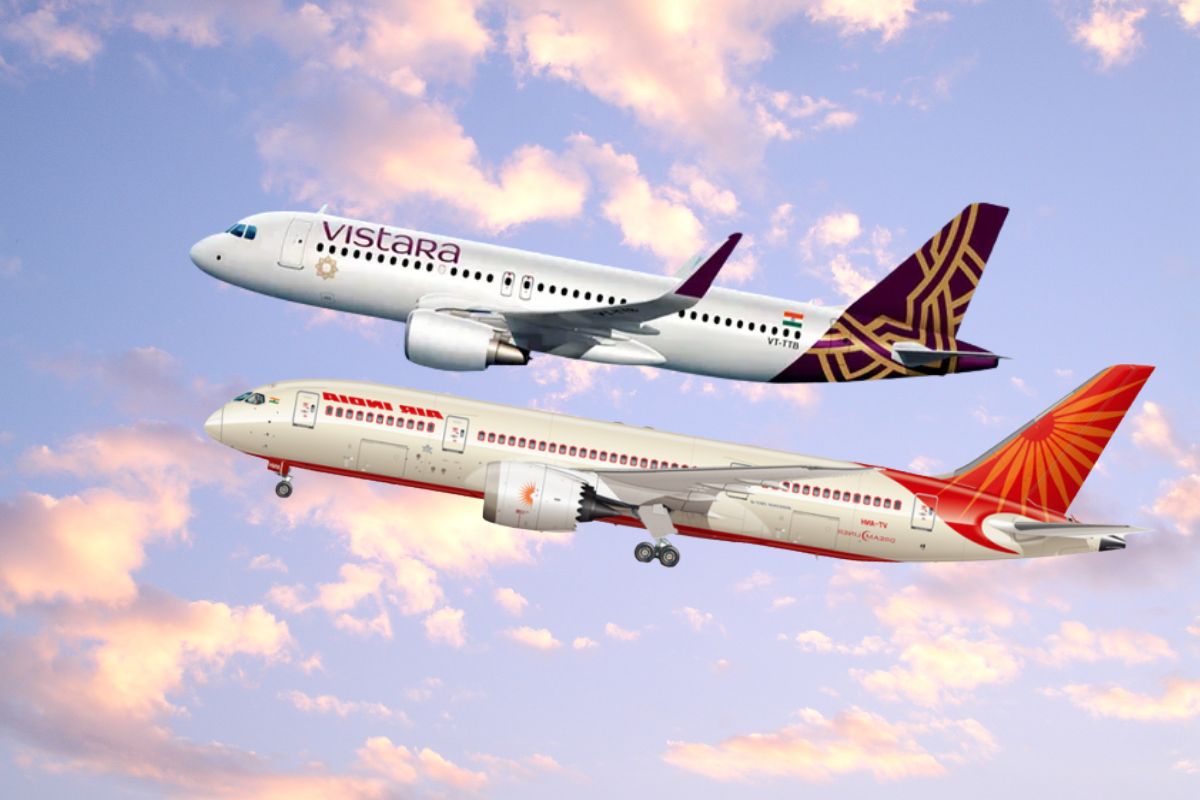Today’s Top 5 News Headlines: US Strikes Iran, India-Canada Ties & More | June 22, 2025
Daily News Roundup: Top 5 Breaking Stories for June 22, 2025 Stay informed with our concise summary of the most…

xr:d:DAFPBDo8Cg0:4,j:37999306993,t:22101412
To expedite the transition to a single full-service carrier operating under the Air India brand, Air India plans to complete the merger of Vistara with itself by the end of this year. Phased employee integration will begin in June. According to people with knowledge, the chief executives of Vistara and Air India updated the employees on the merger during a town hall meeting on Monday.
The Air India group leadership provided this timeline, which is earlier than previously said. In January, Vistara’s chief executive officer (CEO) Kannan stated that the merger of Air India and Vistara would be finalised by the middle of the following year. Kannan also serves as the chief integration officer at the Air India group.
The most necessary regulatory approvals for the Air India-Vistara merger have been obtained, including approvals from Singapore’s and India’s competition watchdogs. The National Company Law Tribunal (NCLT) approval hearings are now over, and an order is pending. Singapore Airlines (SIA) has also filed an application to be approved as part of the combined company. In the combined Air India, SIA, which currently owns a 49% share in Vistara, will own a 25.1% share.
The group is merging its budget carriers, Air India Express and AIX Connect (formerly AirAsia India), and the merger of Air India and Vistara. After the merger, the Air India group will consist of two airlines: Air India, a full-service carrier, and Air India Express, a low-cost carrier.
The CEOs of Vistara and Air India, Campbell Wilson and Vinod Kannan, respectively, told staff members that although the final approvals are still pending, the operational process harmonisation initiative is going well. According to sources, about 120 pilots have already been seconded between Air India and Vistara, and the two airlines have operationalised an integrated pilot upgrade sequence for group-level career progression opportunities for the flight crew.
A portion of Vistara pilots expressed concerns following the merger, reportedly due to their dissatisfaction with the new pay scale, which was aligned with Air India’s, and their worries regarding prospects for career advancement within the combined airline. These were a few causes of the widespread sick calls that many Vistara pilots made at the beginning of April, severely disrupting the airline’s operations throughout the entire network.
During the merger update on Thursday, the staff was notified that more than 60 Vistara employees had already been seconded to Air India to expedite the integration process. Additionally, it was learned that talent fitment for over 7,000 employees had been completed and was in an advanced assessment stage. Approximately 3,500 are flying employees, and the remaining 2,500 are not. It is estimated that Vistara and Air India employ close to 24,000 people combined.
Sources claim Wilson and Kannan informed staff members that people integration is a major area of focus for the merger and that employees are being fit for the combined company through a merit-based system. According to information obtained, the combined airline will employ five airlines workers for every twelve Air India workers. Additionally, managerial positions will be expanded by 1.5 times to ensure workers have the necessary career advancement opportunities.
People integration is frequently one of mergers’ trickiest and most complicated aspects, especially regarding airlines. In addition to achieving pay parity, integrating workers from various organisational cultures can be very difficult. If poorly handled, mergers may breed mistrust among workers from various organisations because of conflicts over seniority, the chain of command, and worries about opportunities for career advancement within the larger combined company.
Advertisement